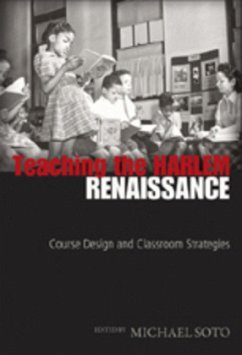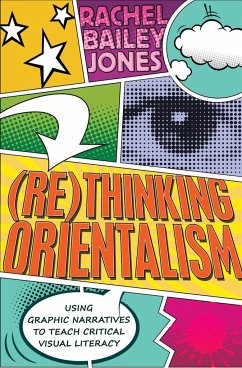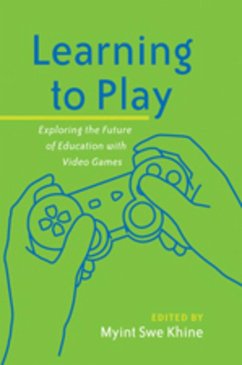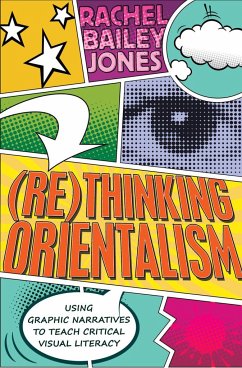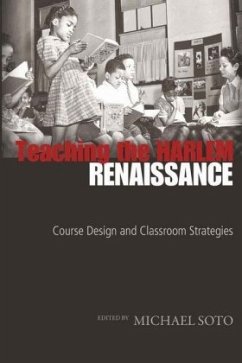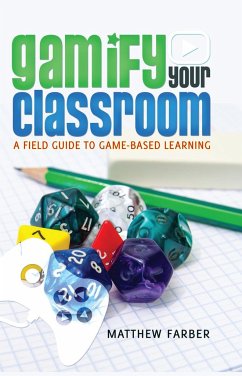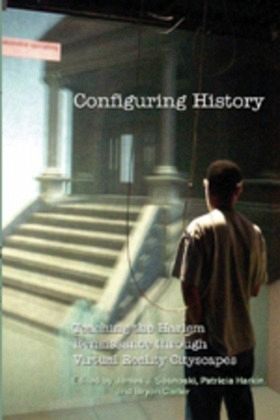
Configuring History
Teaching the Harlem Renaissance through Virtual Reality Cityscapes
Herausgegeben: Sosnoski, James J.; Harkin, Patricia; Carter, Bryan
Versandkostenfrei!
Versandfertig in 6-10 Tagen
40,50 €
inkl. MwSt.

PAYBACK Punkte
0 °P sammeln!
The multidisciplinary essays in Configuring History describe how teachers can use virtual reality technology to teach the Harlem Renaissance. Describing in detail the construction of Virtual Harlem, Bronzeville, and Montmartre - all important sites in African American cultural history - the essays delineate the technologies employed in the construction of these cityscapes and the learning theory - configuring history - that informs the project. The book provides a model of a collaborative learning network, linking classrooms at universities in the United States and in Europe, and demonstrates ...
The multidisciplinary essays in Configuring History describe how teachers can use virtual reality technology to teach the Harlem Renaissance. Describing in detail the construction of Virtual Harlem, Bronzeville, and Montmartre - all important sites in African American cultural history - the essays delineate the technologies employed in the construction of these cityscapes and the learning theory - configuring history - that informs the project. The book provides a model of a collaborative learning network, linking classrooms at universities in the United States and in Europe, and demonstrates the importance of collaboration between the sciences and the humanities for the future development of instructional technologies.




